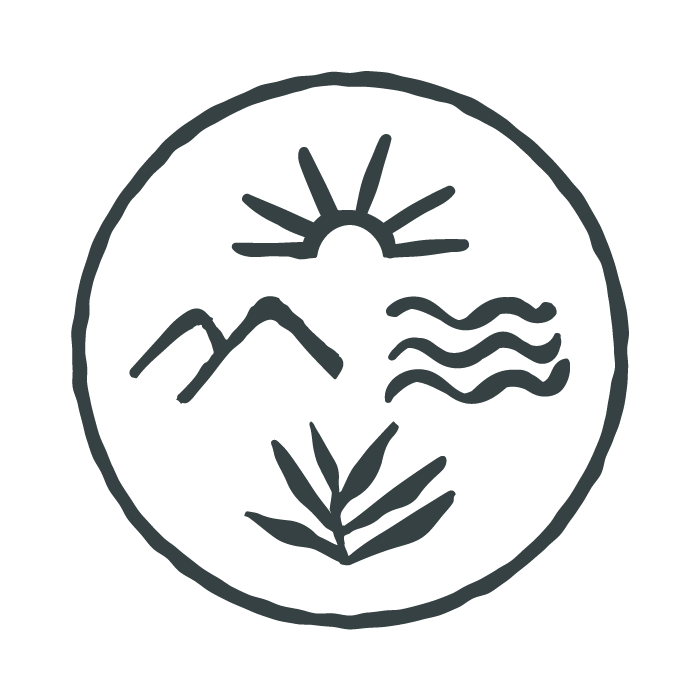
Nothing quite beats the feeling of a refreshing dip in a mountain lake or a winding river. It is one of my personal favourite ways to connect with nature and enjoy the outdoors while also reaping some serious benefits for my mental and physical health. Wild swimming is becoming ever more popular, so if you’re looking to dip your toe into the cold water world, here’s a little round up of what you need to know in my beginners guide to wild swimming.
Simply put, it is swimming outside in a natural body of water, for example a river, lake, waterfall or in the sea.
There are numerous benefits of swimming outdoors. Mentally, it releases endorphins, reduces stress, connects you with nature and builds resilience. Physically it reduces muscle soreness, improves circulation, boosts immunity and can even elevate your metabolism. And best of all? Despite all these perks, it is both fun and free!
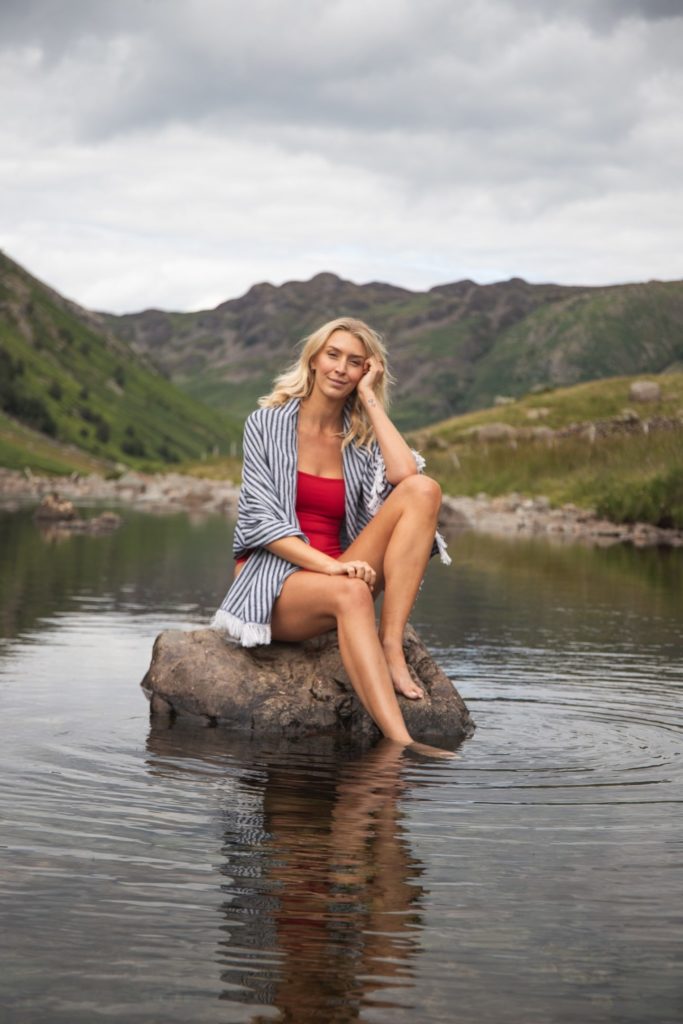
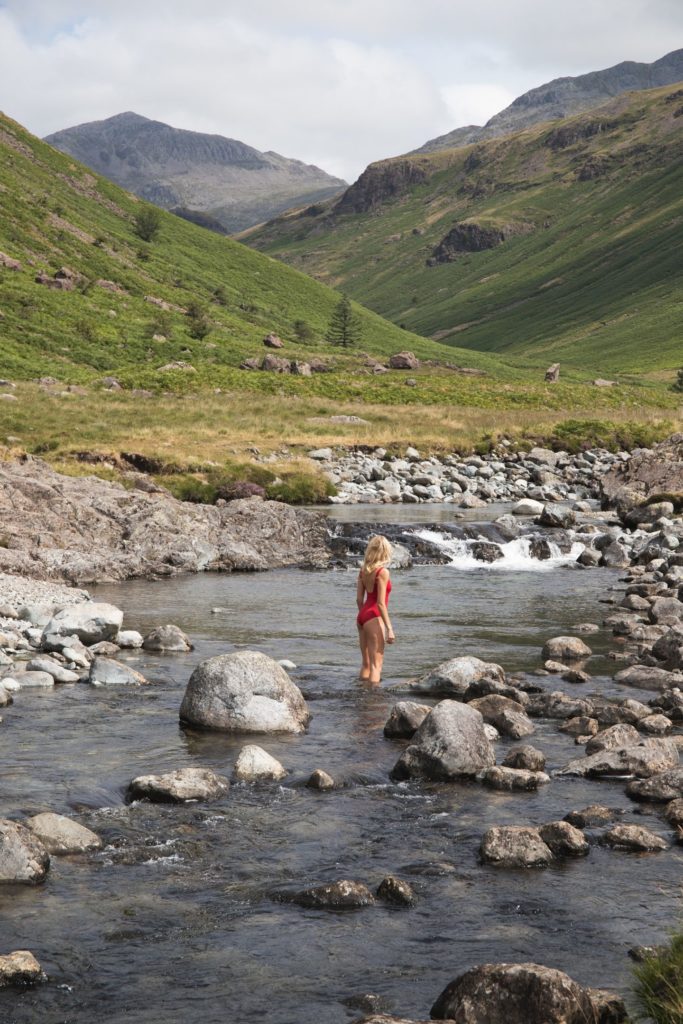
In short, yes. Yes it is. But it’s the cold nature of the water which brings so many of the benefits. If you’re new to wild swimming, then it might be easier to start in the late summer months when the water is warmest. You can build up your tolerance as you come into winter (or just pop on a wetsuit).
Remember, once you’re in the water it takes a few minutes for the cold feeling to dissipate so try to persevere. The first time you go for a wild swim, you are guaranteed to experience some mental and physical resistance. Your body and mind will try to convince you to not get in and instead to turn around and stay warm. Expect this. One of the biggest benefits of wild swimming is developing mental resilience and control over your mind, confronting your fear and pushing through the challenge. The more frequently you swim, the less and less of this resistance you will feel. I promise it gets easier!
Wild swimming is accessible across all of the UK with very few locations being “out of bounds”, you just need a safe body of water. Generally, mountain areas will have gorges, waterfalls and tarns which are often colder. Lowland areas will have rivers and lakes which are usually a little warmer and better for longer swims.
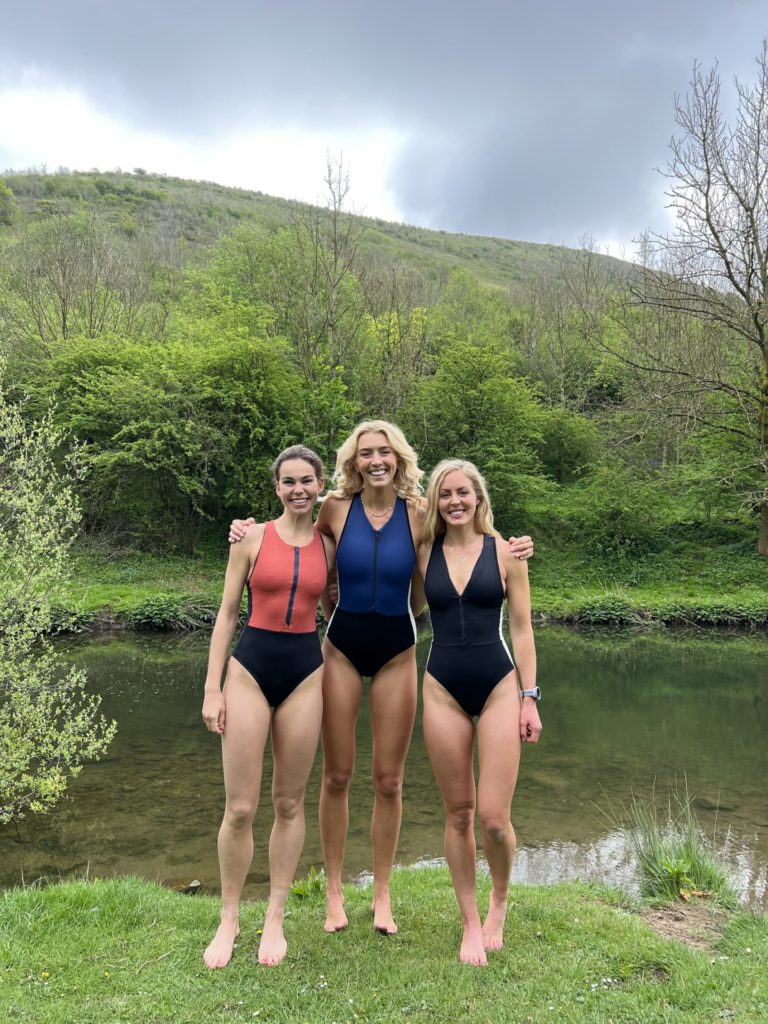
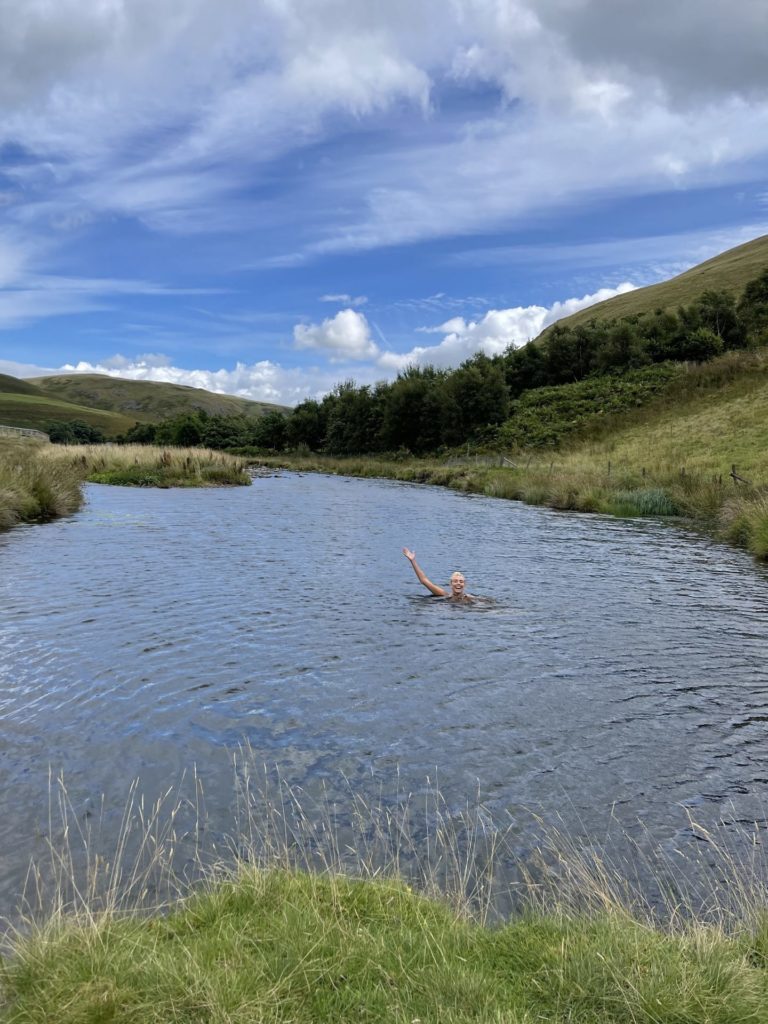
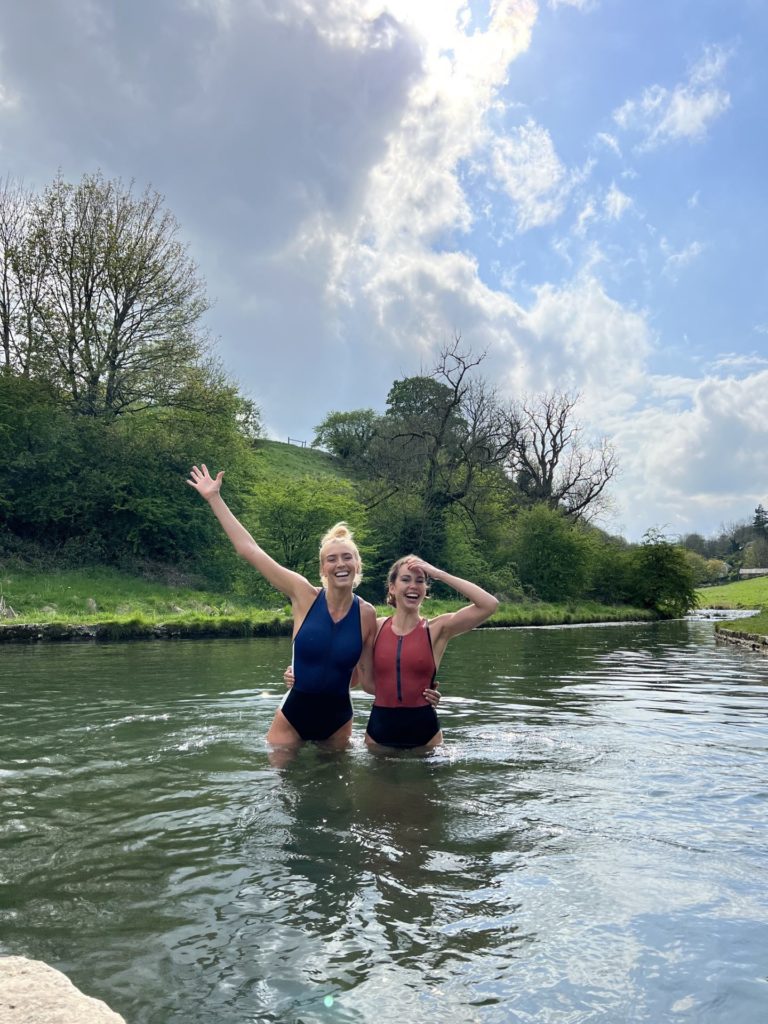
Sometimes it is just a case of digging. For example if I have a hike planned, I will look at the route on Google Earth and see if there’s any lakes or rivers en route. If so, I will google these lakes/rivers with “wild swimming” and see if anyone has swam there before. I will also look at the location tag on Google or Instagram and seek out any imagery of people swimming there. I promise the research pays off!
If you’re nervous or overwhelmed, the easiest thing to do is join a local wild swimming group. It is super motivating to swim with others, they can look out for your safety and they will know the best local locations for a dip. Plus it adds a social element to your swim!
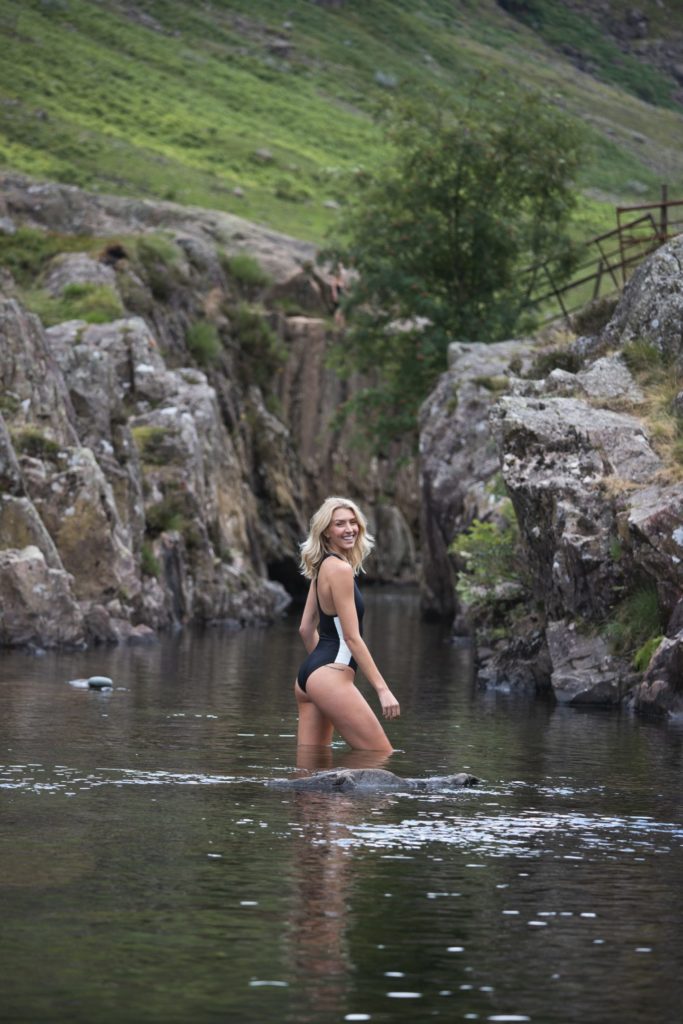
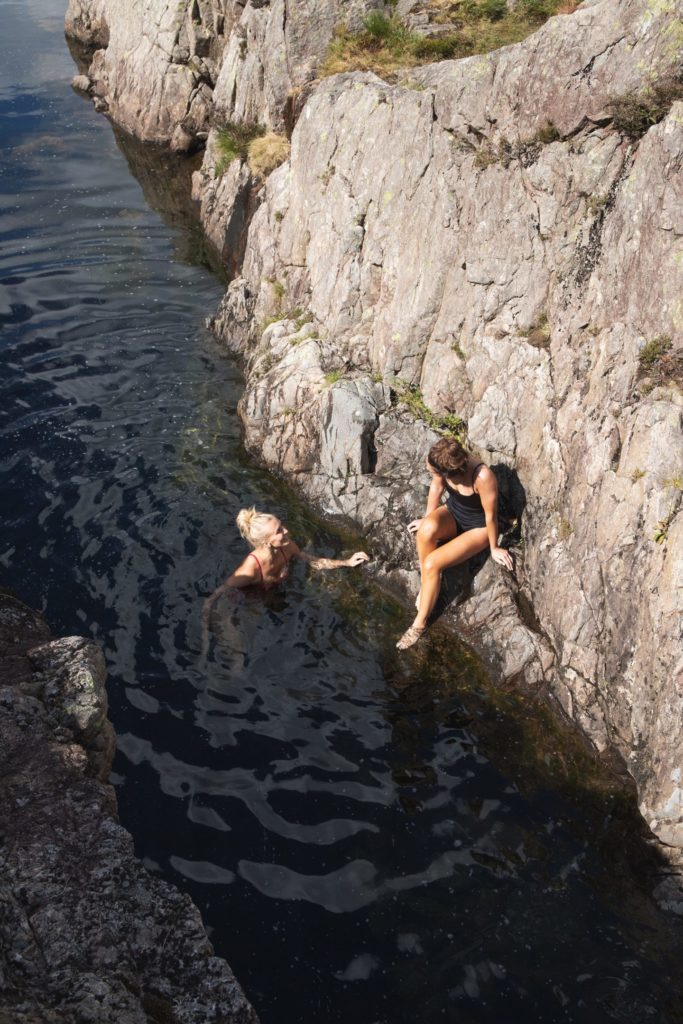

In reality, all you need is yourself and your swimming gear. However, if you plan to wild swim regularly then you can start to invest in some kit. For example:
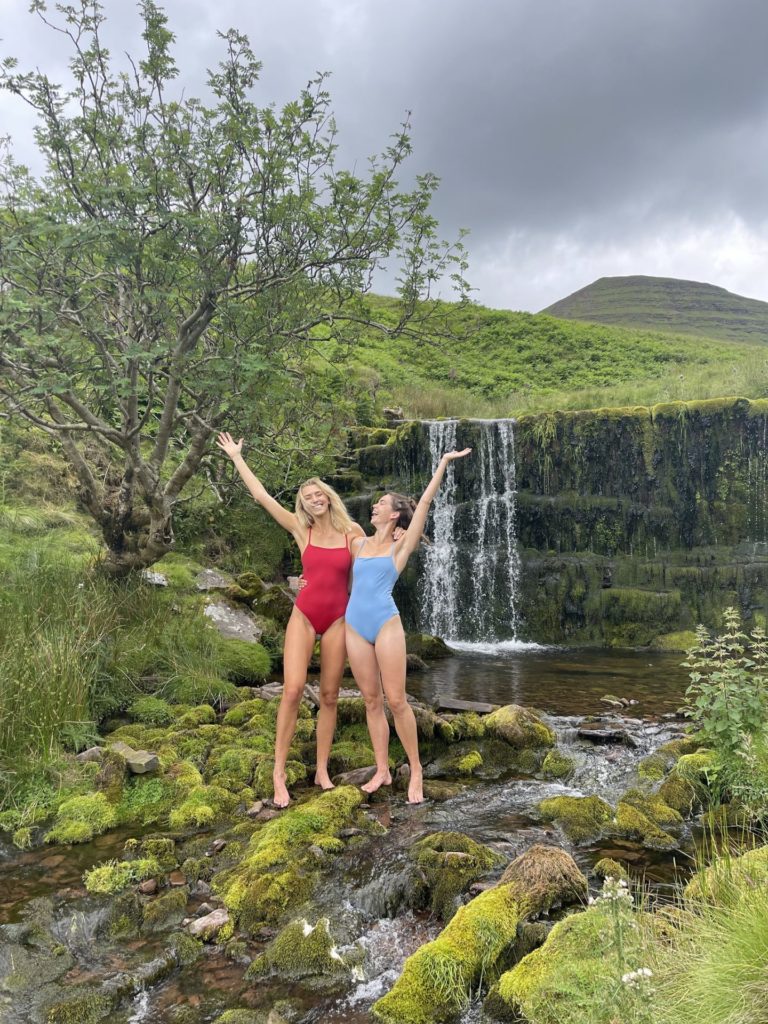
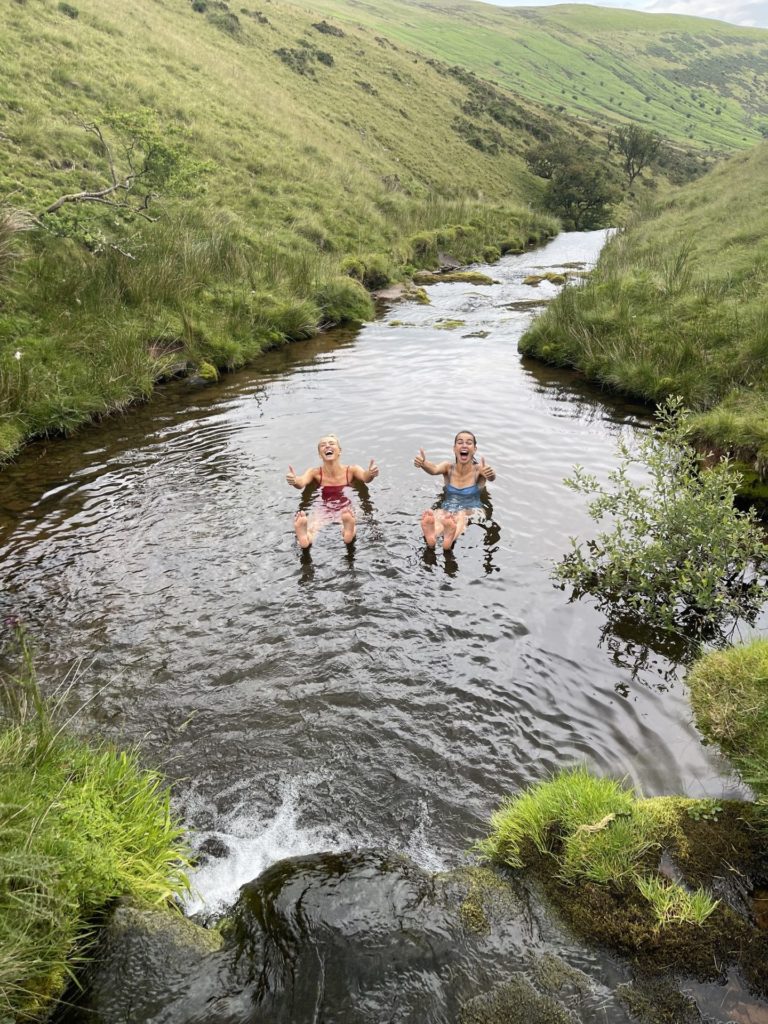
Most importantly, be respectful of mother nature. Watch where you walk, avoid trampling on any wildlife, flora and fauna. Leave no trace, taking home any litter you bring or see. If we want to enjoy the beauty of the outdoors we need to respect it.
Happy swimming!
Zanna xx
Let me slide into your inbox. A monthly newsletter of all the good stuff – latest posts and videos, rants and rambles, recommendations and resources.
Website Designed by Brogan Daisy Digital © Zanna Van Dijk 2025